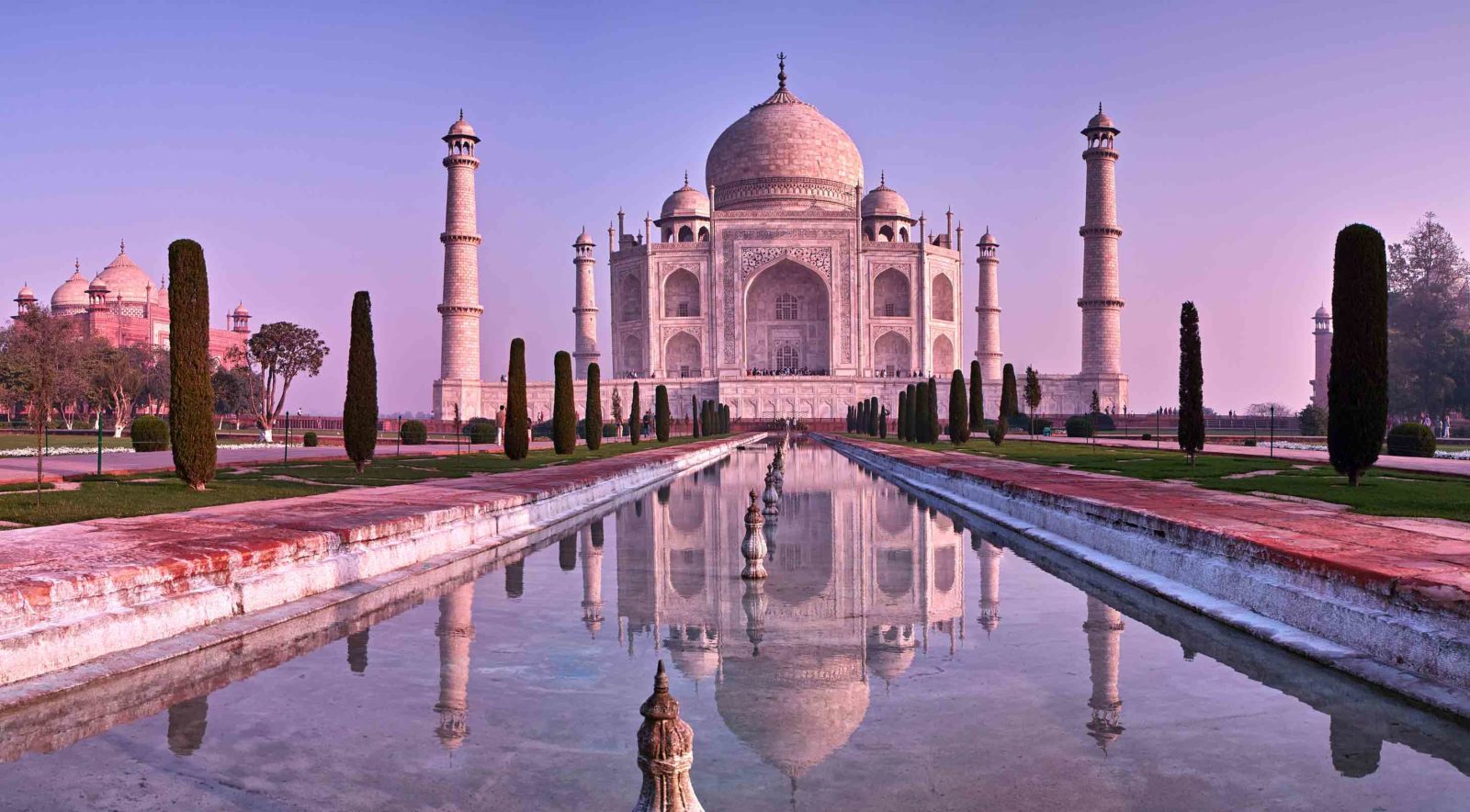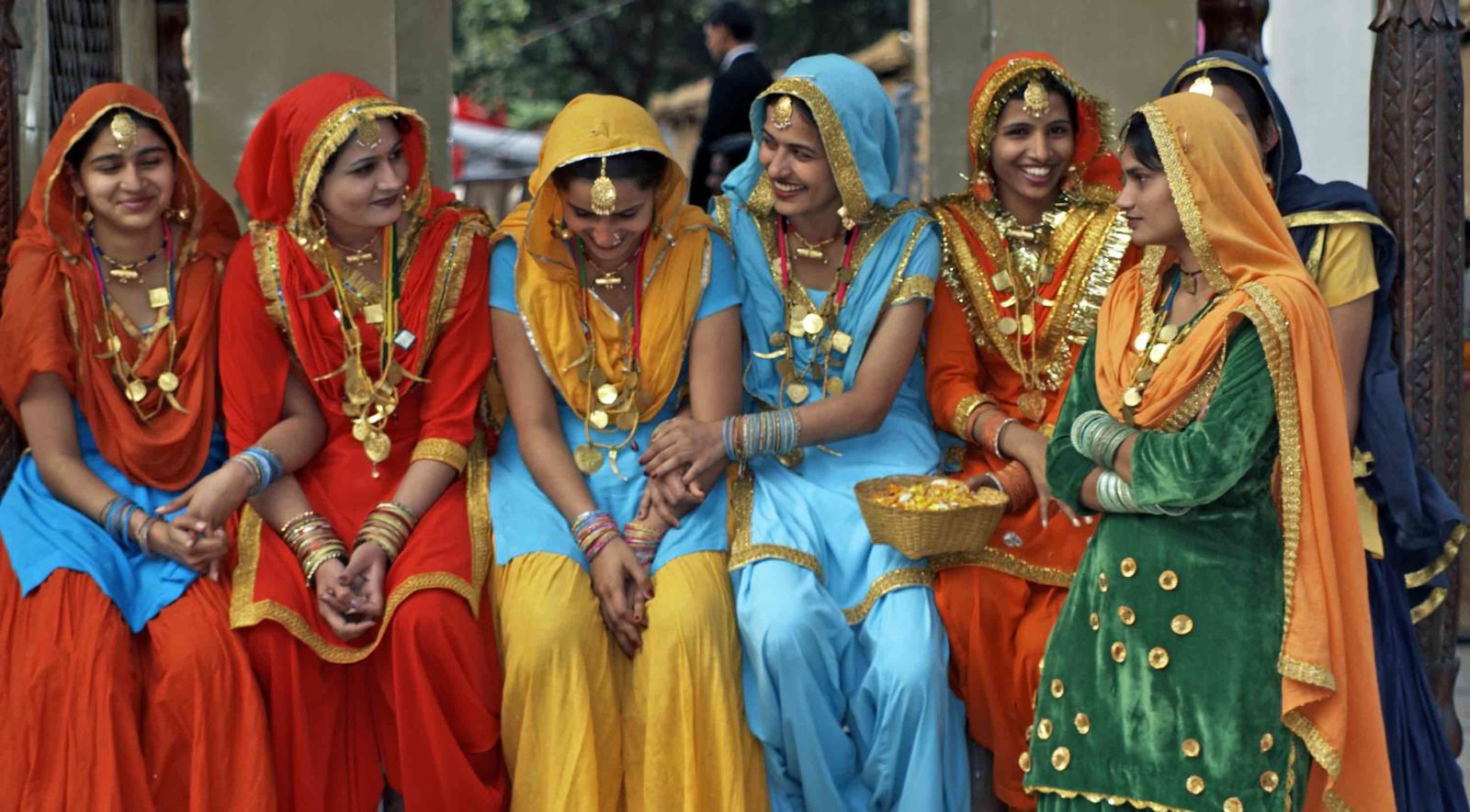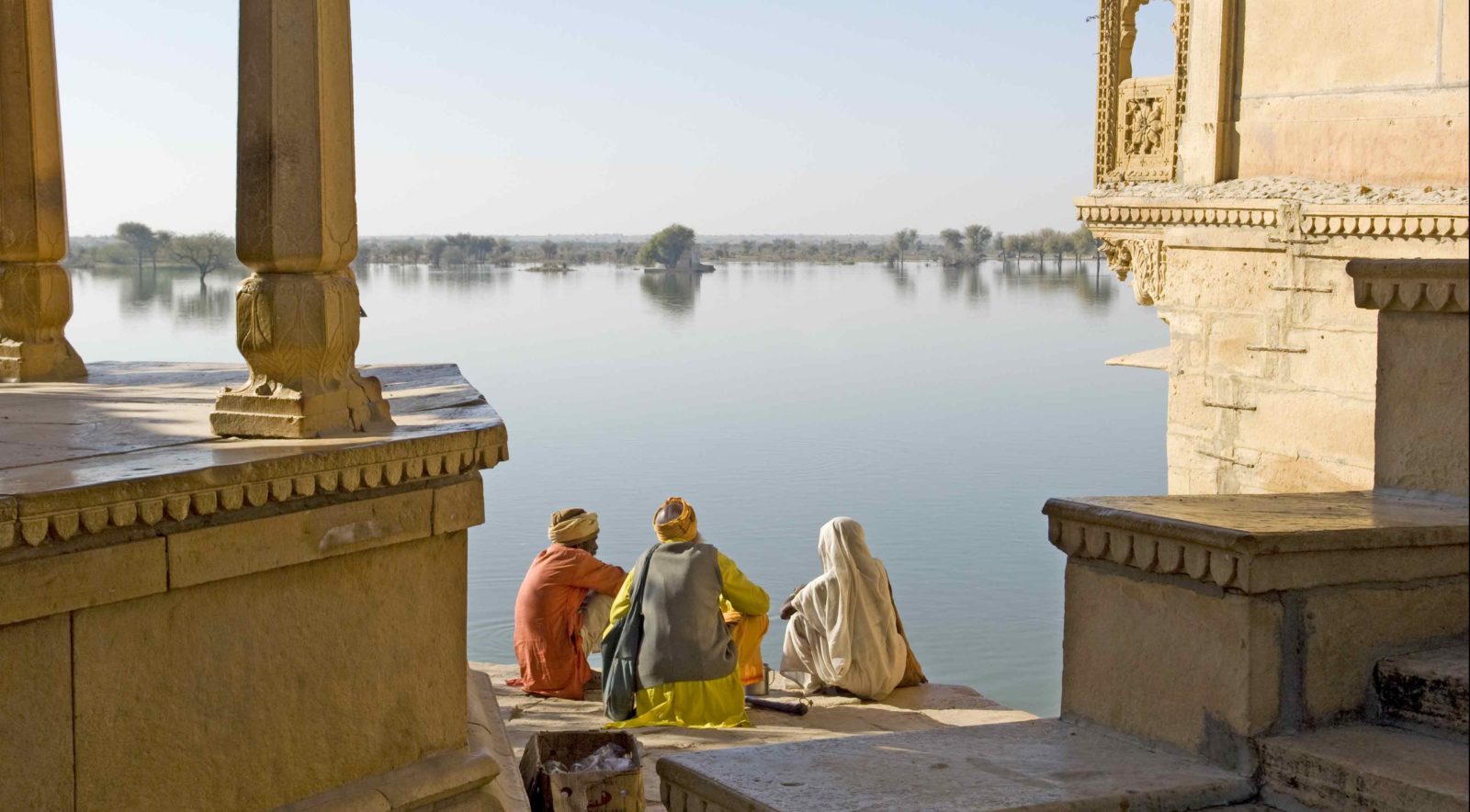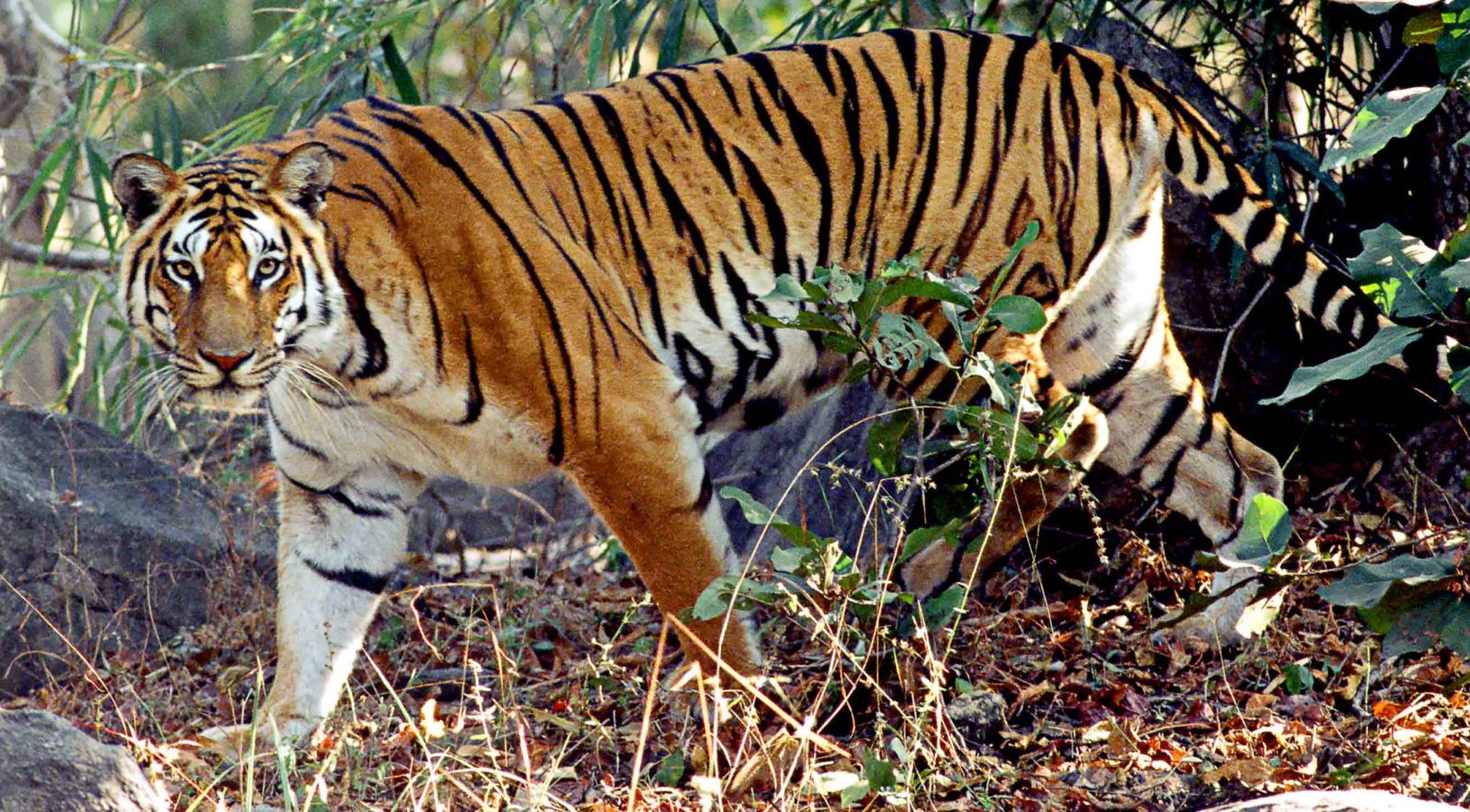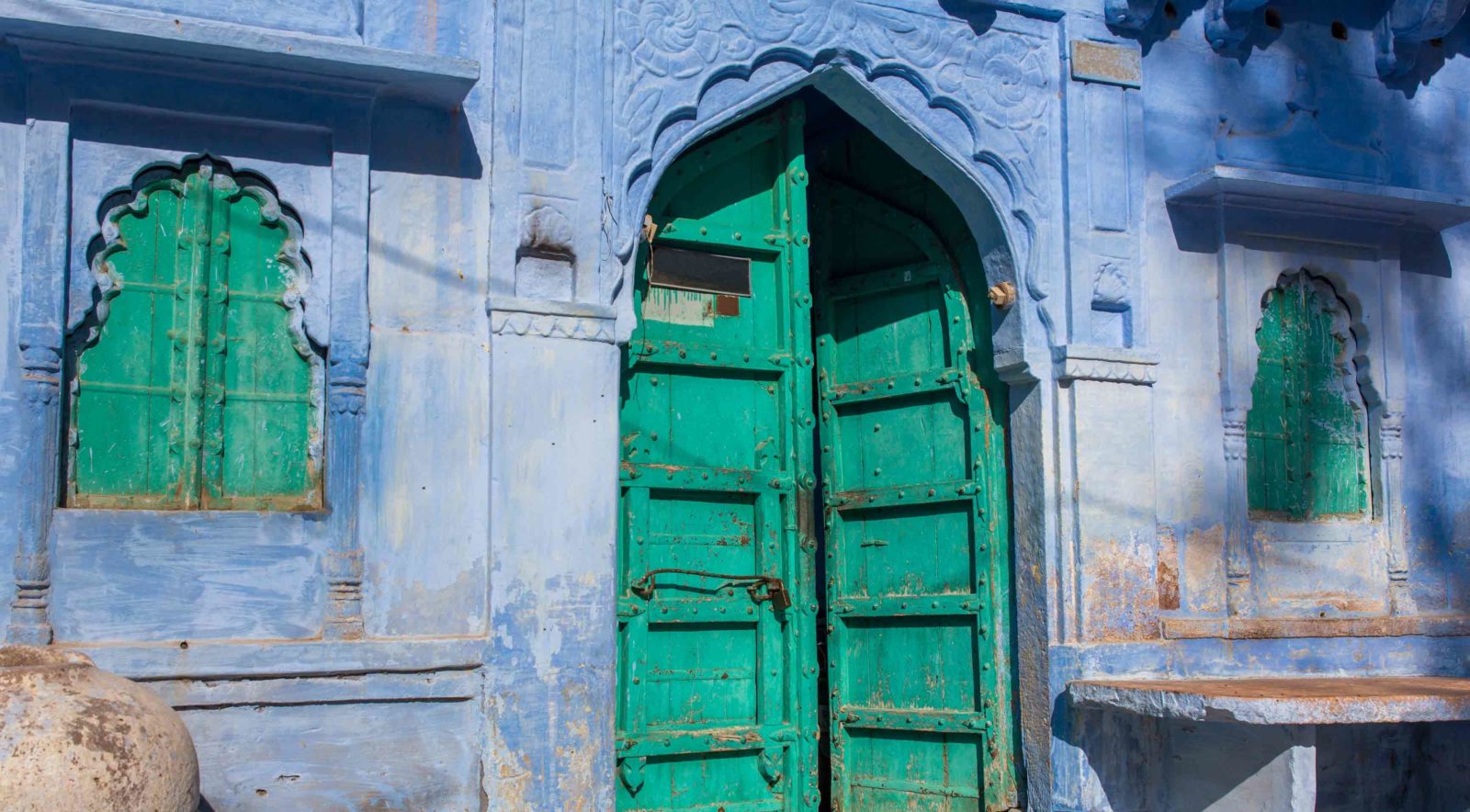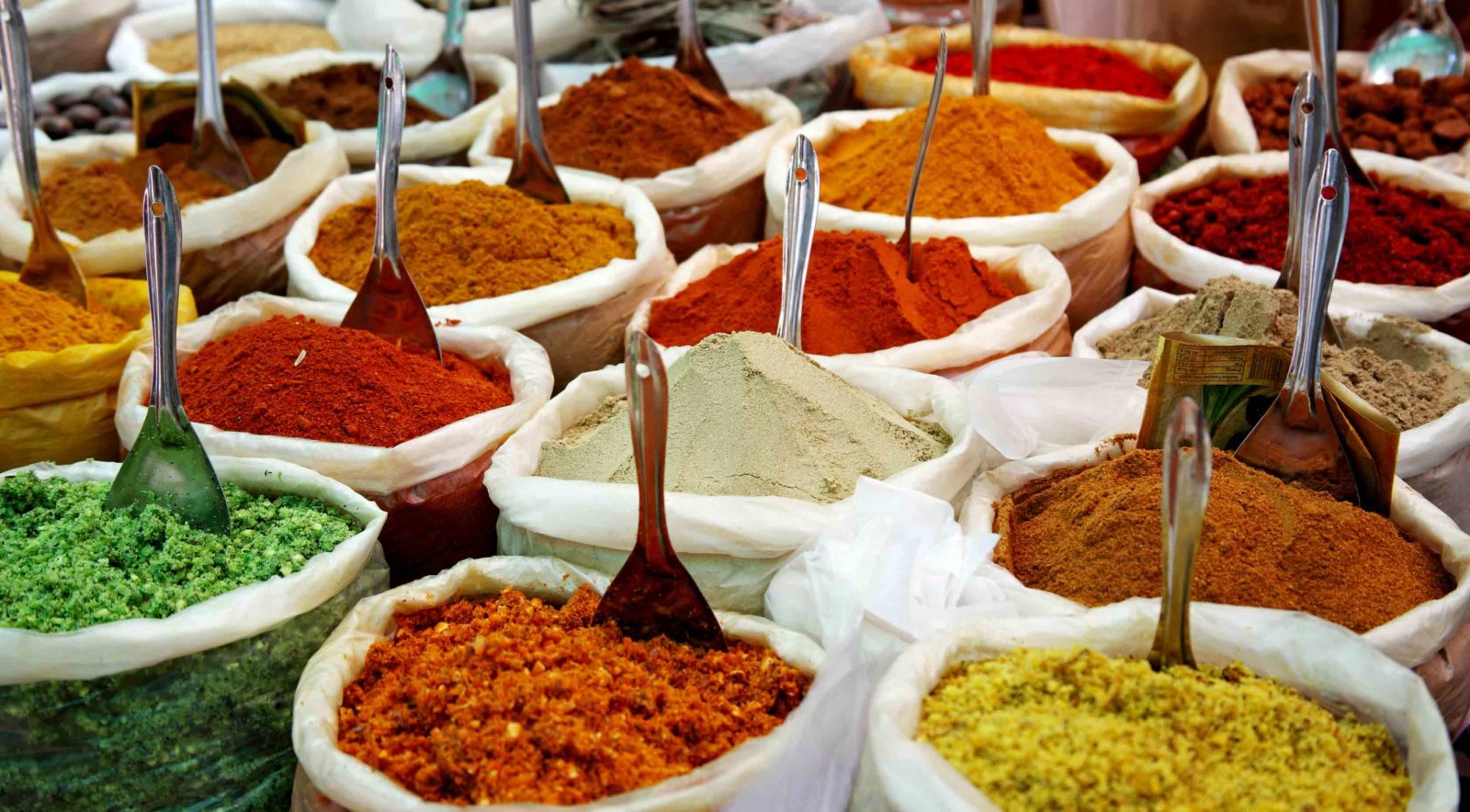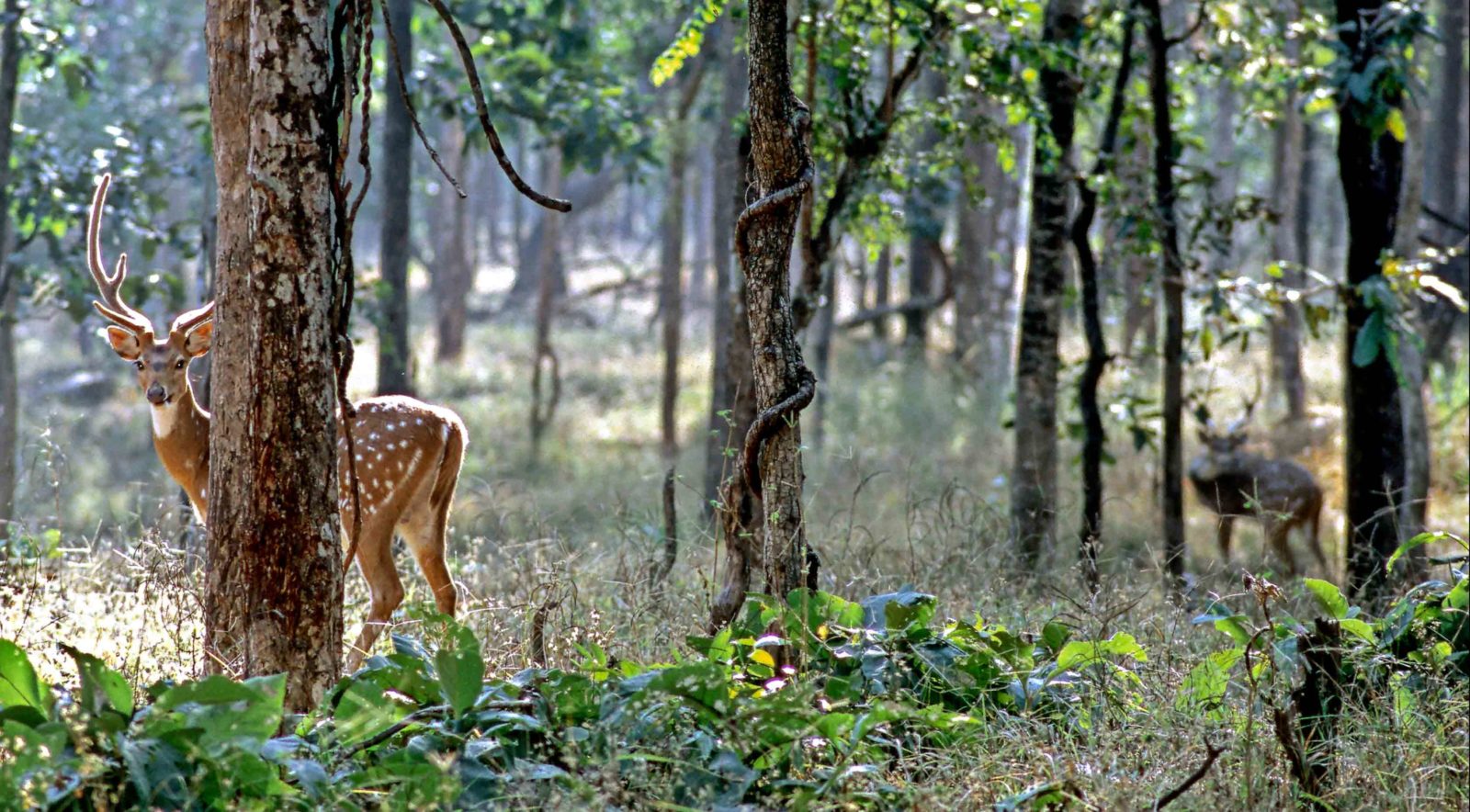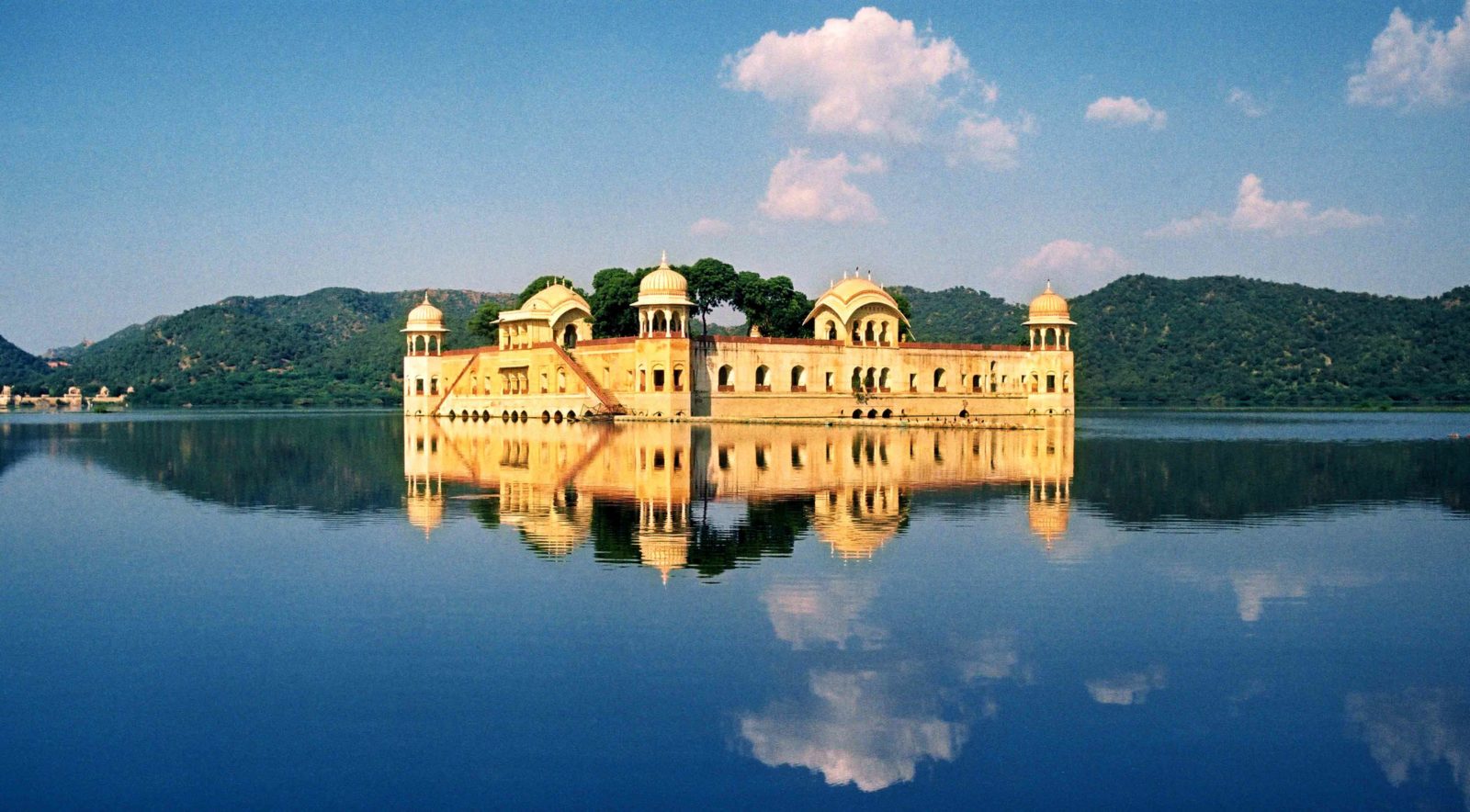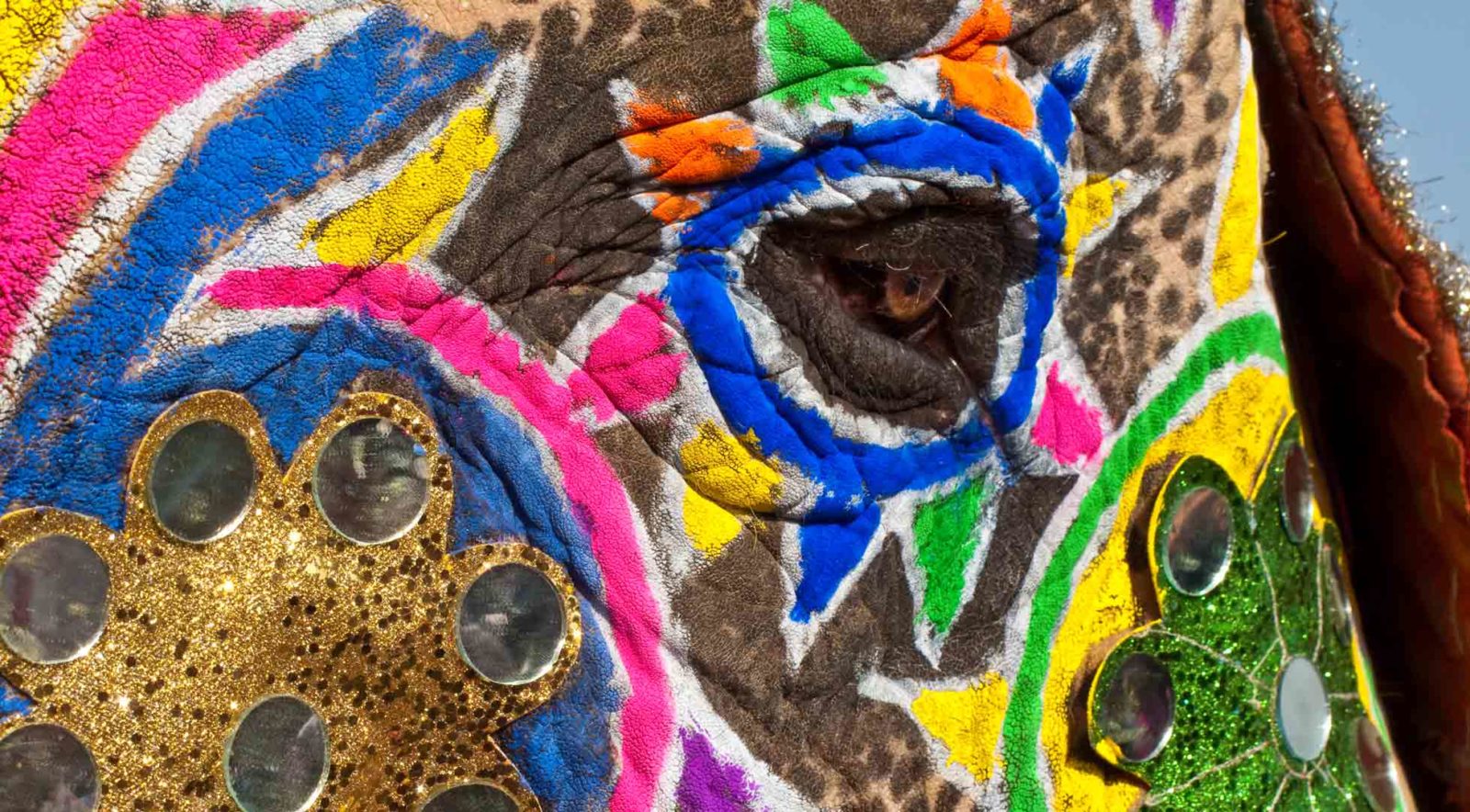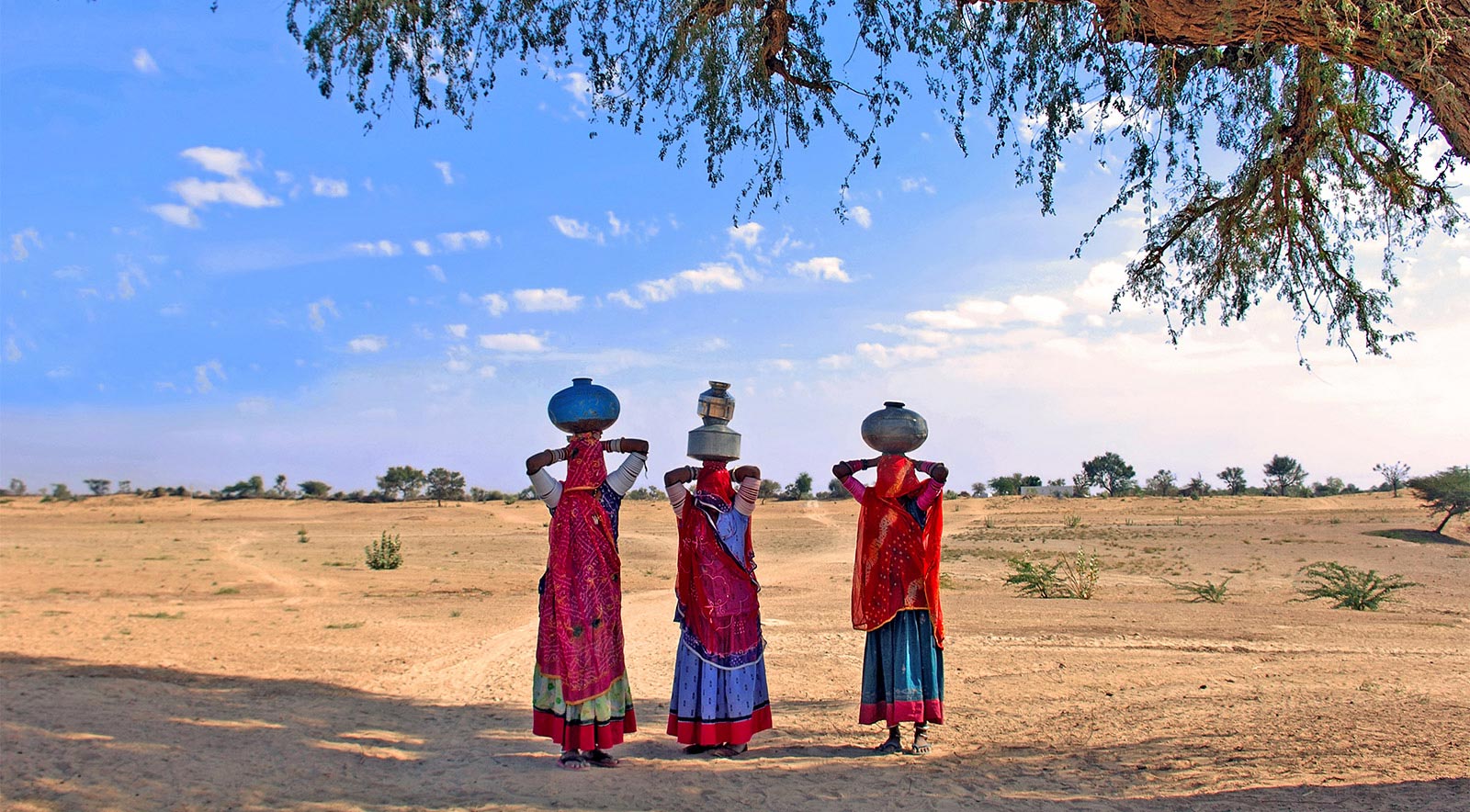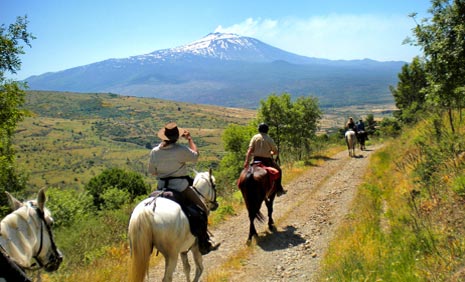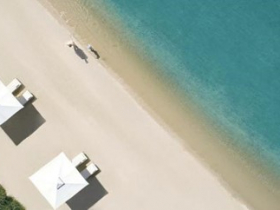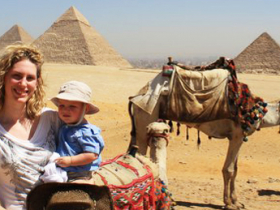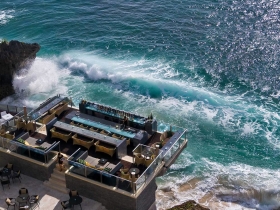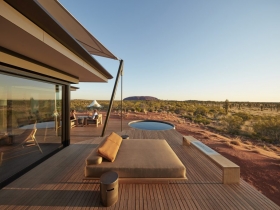From mountains to mystics, monasteries to maharajas, India offers a dizzying assault on the senses. Each region brings a distinct kaleidoscope of culture and colour, with sharp contrasts between temples and tigers, lush tea plantations and stark desert terrain. Discover sleepy Keralan backwaters, trek the mighty Himalayas, uncover lost tribes and fallen empires or live like a prince in a fairy-tale Rajasthani fort. Enriching, sometimes confusing and often life-changing, India is never less than utterly beguiling.
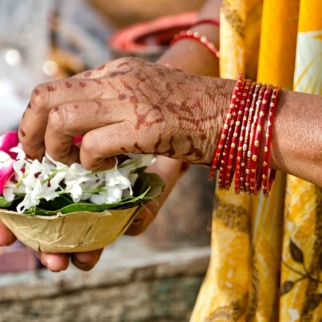
Eastern India
Eastern IndiaThe Golden Triangle of eastern India is home to sacred Varanasi, bustling Kolkata and prowling tigers in Sundarbans National Park. The mighty Ganges River, bountiful wildlife, ancient archaeology and glorious beaches make this region special.
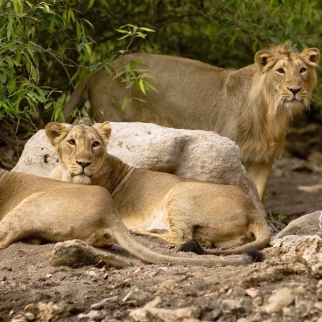
Gujarat
GujaratPossibly India’s most overlooked state, the Western jewel of Gujarat is a patchwork of rural landscapes, from the Thar Desert to forested wildlife reserves. A highlight is Kutch, dotted with tribal villages producing exquisite textiles.
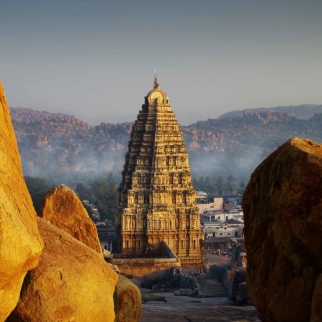
Hampi & Central South India
Hampi & Central South IndiaKarnataka layers colonial history and mythical dynasties rich in folk, dance and craft with modern new technologies and industries, making its cities vibrant and fresh. The UNESCO listed ruins at Hampi are one of India’s true gems.
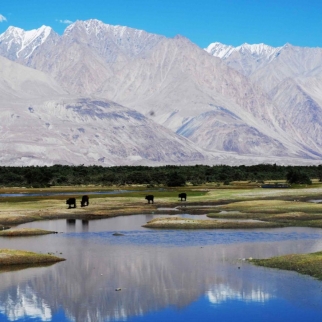
Kashmir and the Himalayas
Kashmir and the HimalayasOne of the less traversed corners of India, but a favourite with trekkers and motorcycle enthusiasts, the Northern valleys and hilltop enclaves starting at Amritsar and winding to Ladakh are often referred to as India’s Little Tibet.
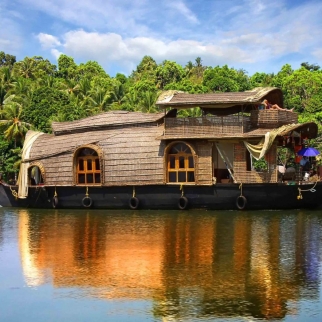
Kerala
KeralaRenowned for its sleepy backwaters and house boats, Kerala is home to historic Cochin and the wildlife-rich Periyar Reserve as well as colonial fishing villages and pristine coastlines. A tropical paradise with a flavour of the South.
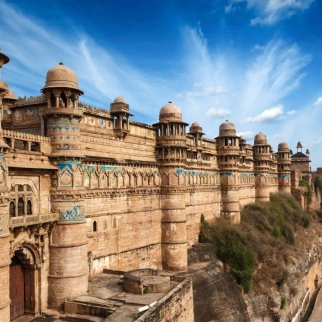
Madhya Pradesh
Madhya PradeshLush Madhya Pradesh boasts lofty mountains and vast lakes. Cultural gems include the 8th Century Gwalior Fort and UNESCO listed Khajuraho; ancient temples housing the last Tantric sculptures and Chandela Dynasty carvings.
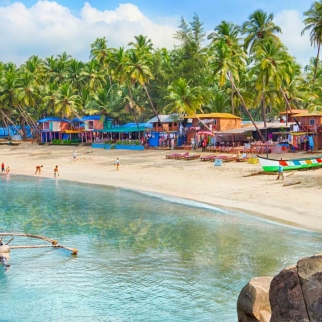
Mumbai & Western India
Mumbai & Western IndiaStretches of beaches linking Mumbai to Goa along the coastline of the Arabian Sea combine sea fort views, bazaars and Bollywood charm. Explore the ancient Ellora and Ajanta caves, with exquisite Hindu and Buddhist sculptures.

Nagaland and Northeast India
Nagaland and Northeast IndiaThe least travelled corner of India is a treasure trove of tea plantations, ethnic hill tribes and Buddhist monasteries. The UNESCO listed Kaziranga National Park is a refuge for the rare one-horned rhinoceros and the Bengal tiger.
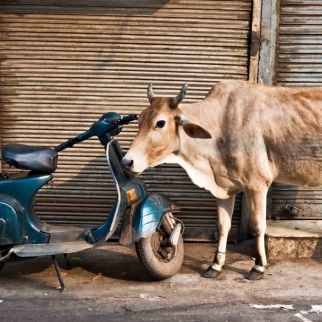
Northern India
Northern IndiaOften the point of entry for first-time travellers, Northern India is home to some of India’s most renowned sites. A fusion of old meets new. Delhi, the Golden Triangle, the Taj Mahal and Agra’s Red Fort will kick-start your senses.
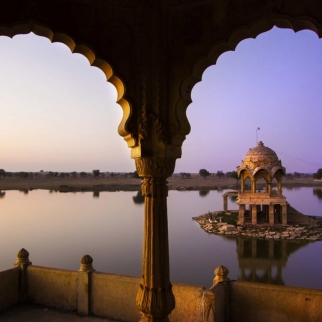
Rajasthan - Jodhpur, Jaisalmer & Ranthambore
Rajasthan - Jodhpur, Jaisalmer & RanthamboreRajasthan’s lesser-visited jewels Jaisalmer and the ‘blue’ city of Jodhpur charm with winding medieval streets and mighty forts, whilst at royal Ranthambore, the jungle is studded with ancient temple and tigers prowl amidst vine-covered tombs.
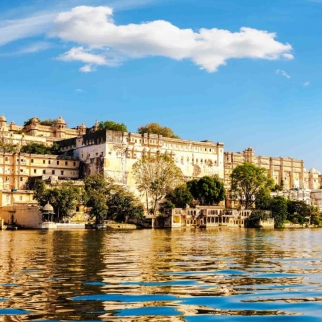
Rajasthan – Jaipur & Udaipur
Rajasthan – Jaipur & UdaipurConjuring images of Arabian nights, Jaipur in India’s Royal Rajasthan offers fabulous palaces and desert forts steeped in history. Romantic Udaipur, in the Aravalli Hills, is a maze of colourful streets all leading to its glorious, shimmering lake.
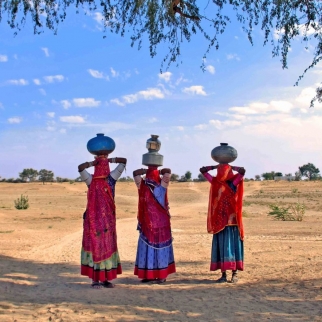
Rural Rajasthan
Rural RajasthanTravel to the rural Rajasthan and follow the pilgrimage trail of Bundi, Pushkar and Kumbhalgarh; linking traders and tribes through desert landscapes and rustic villages. Swap planes for camels and bicycles and feel time stand still.
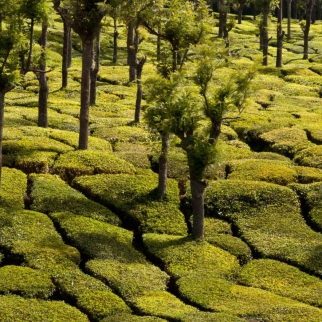
Tamil Nadu
Tamil NaduGateway to the South, Tamil Nadu offers a tranquil contrast woven with French and Portuguese influence. Colonial coastlines, lush green hill stations, sleepy fishing villages and temple trails provide an exotic array of culture and cuisine.
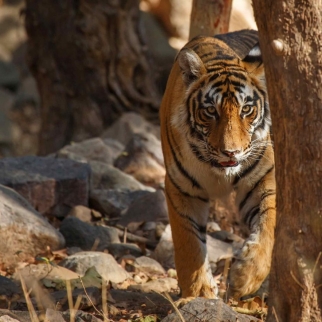
Wildlife of Central India
Wildlife of Central IndiaWith over 35 wildlife sanctuaries in Central India alone, the staggering biodiversity of India’s tiger reserves, from Bandhavgarh to Pench, offer nature lovers a trip to match any African Safari. Immerse yourself in the ‘real’ Jungle Book.
Browse through our suggested itineraries for inspiration. These are just a starting point for your plans – remember that all our itineraries are tailor-made to your specifications.
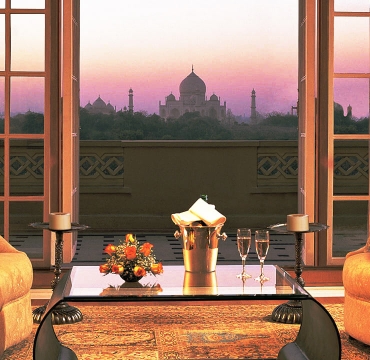
Rajasthan and Kerala in Style
Encapsulating the best of the North and South of India in one two-week itinerary, this journey explores the highlights of Rajasthan then ends with a glimpse of Kerala and a relaxing beach stay.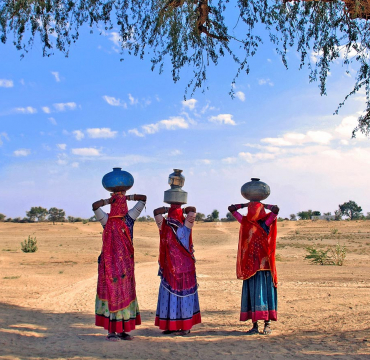
India Family Holiday
Incorporating city life with the rural National Park brings the perfect all round family holiday.
Planning your trip
Quick country facts
- Recommended airlines:
BA or Virgin Atlantic fly direct. Emirates fly via Dubai. - Flight time:
About 8-12 hours depending on length of connection and destination. - Time zone:
GMT +5.30 - Visa requirements:
Visa required. Online application (UK passport)
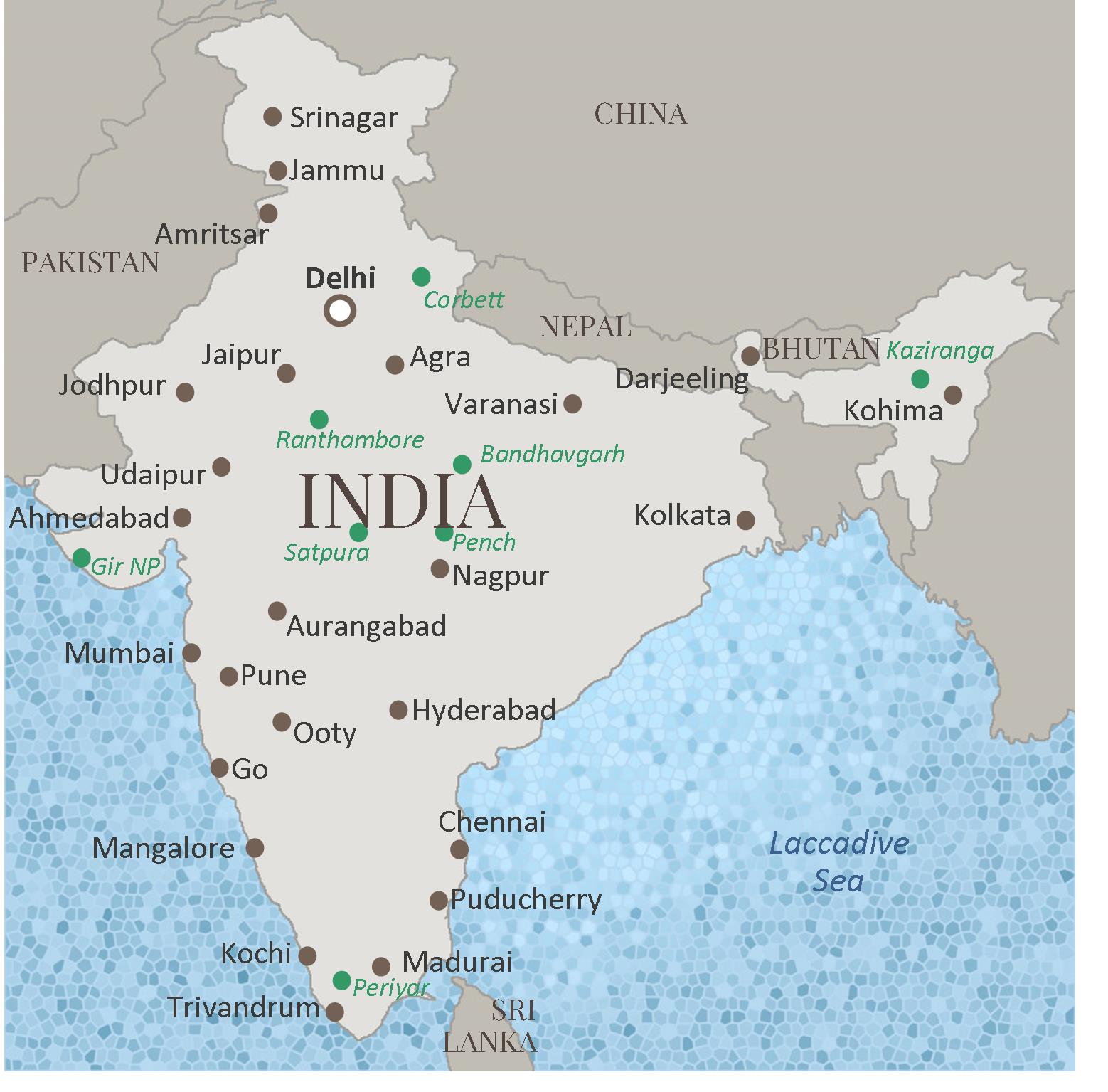
Useful Links
Entry Requirements & safety
UK Foreign Office Travel Advisory
India High Commission London
Health & immunisations
NHS Scotland Fit for Travel
General country information
BBC Country Profile
Lonely Planet
Weather
Weather2Travel
BBC Weather
Getting there
Most itineraries to India start in either Delhi, Mumbai or Chennai, all of which can be reached either direct from the UK or via Dubai.
Getting around
A huge network of domestic flights links major cities and smaller outposts, with low-cost operators making air travel inexpensive. India’s rail network also covers much of the country, served by local as well as ‘tourist’ class trains, some with sleeper berths. Itineraries within a smaller area can be covered safely by road –congested in cities, along rural routes roads clear and the scenery can be enjoyed. New highways are always being built, increasing comfort and safety and cutting journey times. We don’t recommend self-driving in India, so most of our itineraries feature a mixture of air, rail and road transfers between points, and guiding can range from one or two excursions to fully escorted throughout, depending on your preferred style.
Accommodation costs
Accommodation ranges from fairly basic guest houses in rural areas to ultra-luxurious Raj palaces and sprawling resorts. India has something for most budgets and the luxury end offers incredible value for money.
How long to stay
With the time taken to get here, 7 days would be the about minimum we’d recommend in India although shorter city stop-overs are also possible. In two weeks a fairly comprehensive Rajasthan or Kerala itinerary can be achieved, with three to four weeks needed if combining areas. To see nearly everything you would need several months, but the joy of India is that each part is so different that it can be parceled up into manageable chunks, each to be visited on separate trips. The average itinerary visits either the North or the South, with 2-3 night stays in each chosen location. For longer circuits, India also makes a great combination with Nepal or Sri Lanka.
When and where to go
India is a destination that can be visited all year round due to its extremely varied climate, but it is best to avoid the monsoon rains and intense heat experienced throughout May until September. The cooler, dry season runs from November until March and makes for much more comfortable travel. In May and June the heat in the regions of Tamil Nadu and Kerala can become overwhelming, so January to March is the best time to visit this area.
Don’t be fooled into thinking India is always hot, however, as December and January bring a cold, snowy winter to the north closing roads and passes, and even Delhi’s temperatures plummet down to around 10°C, with wind chill making it feel colder at times. This is the best time to visit the south, which remains balmy without being oppressively hot. In February a short spring arrives bringing warmer temperatures to the north whilst the south remains pleasant – this is the perfect time month to combine Rajasthan with Kerala. April is an excellent month for wildlife viewing in the central tiger reserves. If travelling to the Himalayas, Jammu or Kashmir, accessibility begins as other regions start to become too hot or wet for comfort, with the trekking season peaking in August and September while the rest of India is being deluged by monsoonal rains.
It is best to check with us for the best time to visit your chosen regions in advance so we can help you plan adequately for the temperatures and conditions you will face, especially if you plan to combine more than one region. Cultural festivals, holidays and pilgrimages dot the calendar frequently and can either be a highlight (if planned in advance!) or an impediment to obtaining accommodation or reasonable rates if visiting over a festival period accidentally. Some of the most famous regional events include:
Rajasthan’s Pushkar Camel Fair (October/November) and Bikaner Camel Festival (December/January),
Tamil Nadu’s Kolam (January),
West Bengal’s Gangasagar Mela (January)
Kerala’s Thrissur Pooram Elephant Festival (April/May)
Kolkata’s Durga Puja
Kerala’s Onam Festival (August/September)
Jammu & Kashmir’s Festival of Ladakh (September)
Nagaland’s Hornbill festival (December)
Not forgetting India’s most important nationwide festivals, Holi (usually in March, predominantly in the North), Diwali (October/November), Krishna Janamastami (August/September) and Eid (date changes annually).
- JAN
- FEB
- MAR
- APR
- MAY
- JUN
- JUL
- AUG
- SEP
- OCT
- NOV
- DEC
- Best
- Good
- OK
- NOT ADVISED
